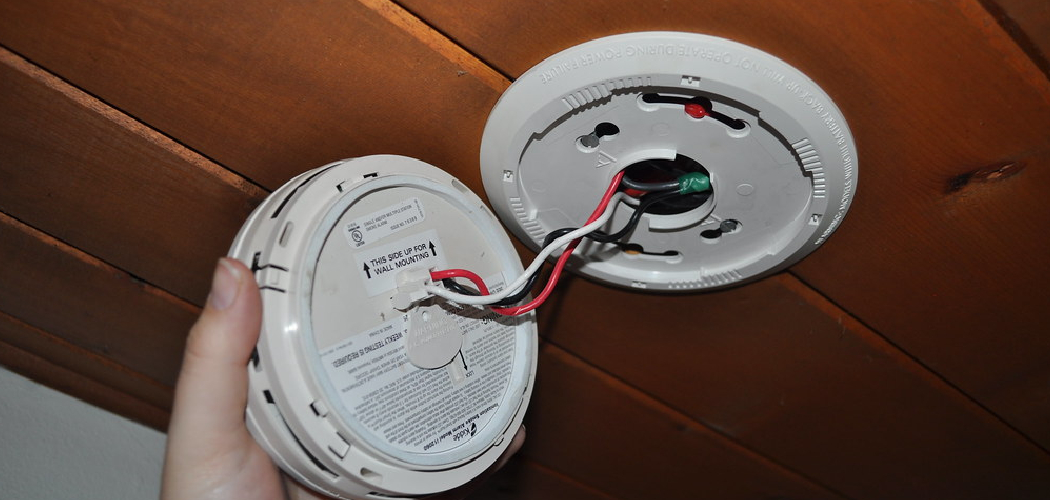Ensuring your smoke detector is functioning properly is crucial for the safety of your home and family. One important aspect to understand is whether your smoke detector is hardwired. Hardwired smoke detectors are directly connected to your home’s electrical system, providing a reliable power source and often including a battery backup for continuous operation. Identifying the type of smoke
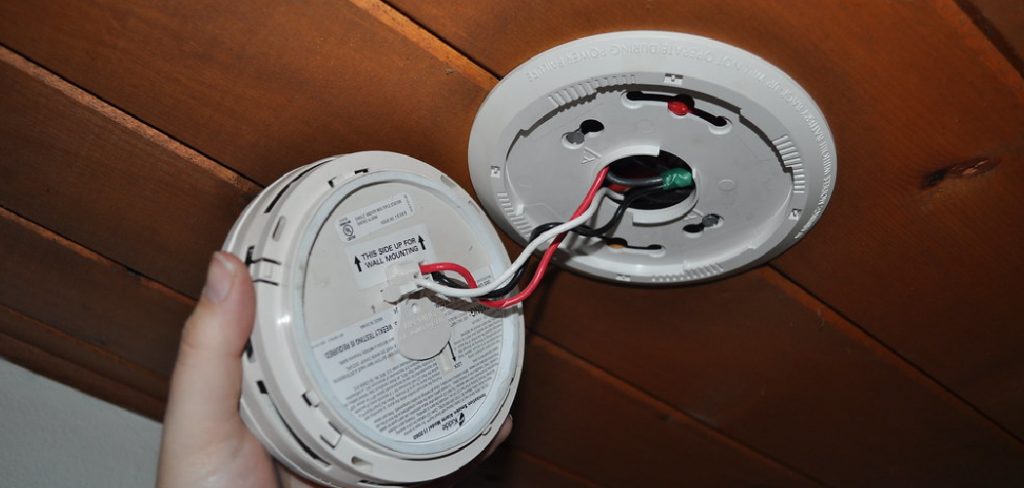
detector in your home can help you perform the necessary maintenance and ensure optimal performance. In this guide, we’ll explore how to tell if smoke detector is hardwired.
The Role of Smoke Detectors in Fire Safety
Smoke detectors play a vital role in fire safety by providing early warning signs of a potential fire. These devices detect smoke particles in the air, triggering an alarm that alerts occupants to the presence of danger. This early detection is critical, as it can significantly increase the chances of safely evacuating a building and alerting emergency services in time to minimize damage. Smoke detectors
are considered the first line of defense against fire hazards, and their presence in residential and commercial buildings is often mandated by fire safety codes and regulations. By ensuring timely awareness of potentially life-threatening situations, smoke detectors save lives and protect property, making them an indispensable component of a comprehensive fire safety strategy.
Understanding Hardwired Smoke Detectors
Hardwired smoke detectors have distinct advantages over their battery-operated counterparts. Since they are connected directly to your home’s electrical system, they provide a consistent power supply, reducing the risk of the device being non-operational due to a depleted battery. Additionally, many hardwired smoke detectors come equipped with a battery backup, ensuring functionality even
during power outages. Installation of these detectors typically occurs during the construction phase of a home, integrating them seamlessly into the building’s infrastructure. It’s important to note that hardwired smoke detectors are often interconnected; this means that when one detector is triggered, all alarms throughout the home are activated, offering a comprehensive alert system.
To identify if your smoke detector is hardwired, check for visible wiring leading into its housing or consult your home’s electrical system documentation. Regular maintenance and testing of both the power connection and backup battery are essential to ensure reliable operation in emergencies.
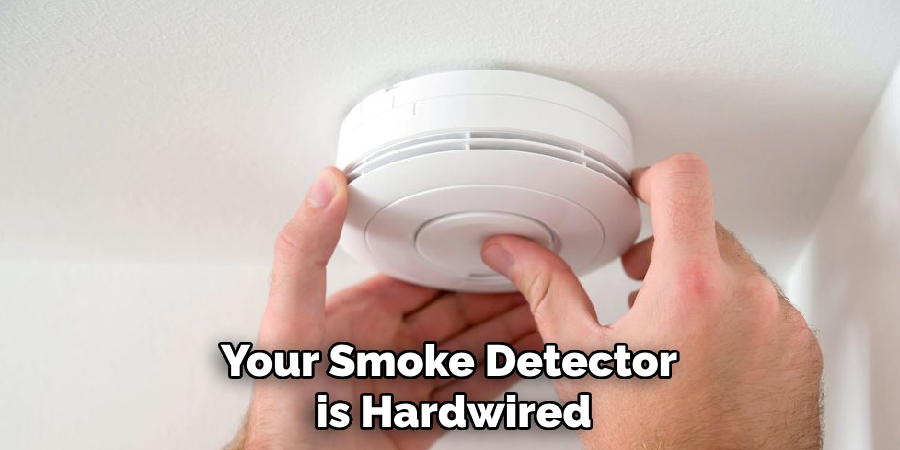
10 Methods How to Tell if Smoke Detector Is Hardwired
1. Inspect the Power Source
The most straightforward method to determine if a smoke detector is hardwired is to examine its power source. Hardwired smoke detectors are typically connected directly to your home’s electrical system, whereas battery-operated models rely solely on batteries for power. If you can access the smoke detector, look for a power cord or wires leading to it. If there are visible wires connecting the detector
to your home’s electrical system, it’s likely a hardwired model. Conversely, if you only see a battery compartment, the device is battery-operated.
2. Check for a Backup Battery Compartment
While hardwired smoke detectors are primarily powered by electricity, many models come equipped with a backup battery to ensure they function during power outages. Check the smoke detector for a battery compartment. If you find one, it may indicate that the unit is hardwired. However, be cautious, as some battery-operated smoke detectors also have backup battery compartments.
To confirm the model type, further investigation is necessary, such as checking the manual or model number.
3. Examine the Mounting Method
The mounting method can also offer clues about whether a smoke detector is hardwired. Hardwired smoke detectors are generally mounted directly to the electrical box in the wall or ceiling, often using screws. If you see screws securing the unit, this is a strong indicator that it is hardwired. On the other hand, battery-operated models may be mounted using clips or adhesive and may not require
screws for installation. If the smoke detector feels solid and is difficult to remove, it could suggest a hardwired connection.
4. Look for a Manufacturer’s Label or Model Number
Many smoke detectors have a label or sticker that provides important information, including the model number and specifications. This label is often located on the back of the unit or inside the battery compartment. By locating this information, you can research the specific model online to determine whether it is hardwired. The manufacturer’s website or product manual will typically outline whether the device operates on battery power or is hardwired to the electrical system.
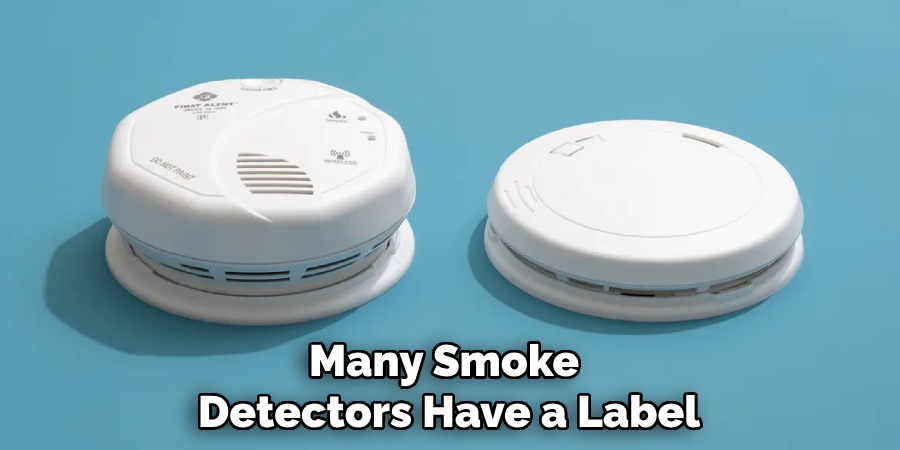
5. Check for Wiring Inside the Detector
If you are comfortable and have the necessary tools, you can carefully remove the smoke detector from its mounting bracket to inspect the wiring inside. Hardwired smoke detectors will have wires connected to their circuit board. Look for two or three wires—typically black, white, and sometimes red—indicating that it’s wired into your home’s electrical system. If you see only a battery
compartment or no wires at all, the detector is likely battery-operated. Always remember to turn off the power at the circuit breaker before attempting to inspect the wiring for safety.
6. Examine the Alarm Functionality
In some cases, the functionality of the smoke detector can offer clues about its power source. Hardwired smoke detectors are often interconnected, meaning when one unit detects smoke, all interconnected units will sound an alarm. If you have multiple smoke detectors in your home that respond simultaneously to smoke detection, this is a strong indication that they are hardwired and
interconnected. Conversely, if the smoke detector operates independently without triggering others, it may be battery-operated.
7. Listen for Alarm Patterns
The alarm pattern can also provide insights into whether a smoke detector is hardwired. Hardwired smoke detectors often produce a different sound or alarm pattern when they detect smoke compared to battery-operated models. If you’re familiar with the sounds of your smoke detector, pay attention to how it behaves during a test. Hardwired detectors may emit a continuous loud beep, while
battery-operated models might have a chirping sound when they are low on battery. Familiarizing yourself with these differences can help you discern the type of smoke detector in your home.
8. Check for Professional Installation Indicators
Hardwired smoke detectors are typically installed by professionals, especially in new construction or during major renovations. Look for any signs that suggest professional installation, such as an electrical box behind the detector or clean, straight wiring. If you notice that the wiring is neatly organized and secured to the structure, it’s likely a hardwired model. In contrast, battery-operated smoke
detectors are often installed quickly and may show signs of amateur installation, like loose wires or unsecure fittings.
9. Consult Local Building Codes
Understanding local building codes can provide insight into the type of smoke detectors commonly installed in your area. Many regions have specific regulations regarding smoke detectors, particularly in new constructions or major renovations. In some places, hardwired smoke detectors are mandated for safety reasons. Researching these codes may help you determine whether it’s common
for homes in your area to have hardwired smoke detectors. If your home was built or renovated in line with these codes, it’s likely that you have hardwired models installed.
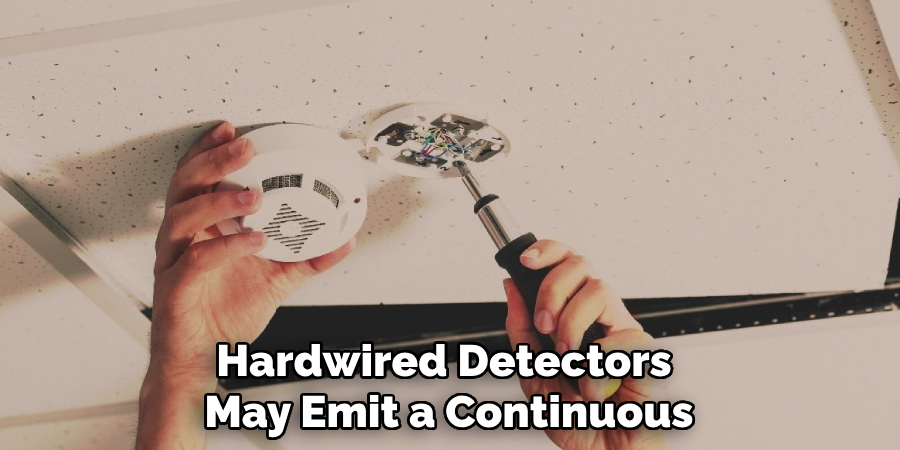
10. Seek Professional Help
If you’re still unsure whether your smoke detector is hardwired or battery-operated, consider consulting a professional electrician or home safety expert. They can assess your smoke detector and provide a definitive answer regarding its power source. A professional inspection can also help you ensure that your smoke detectors are installed correctly and functioning optimally. This step is
particularly important if you are unable to visually inspect the unit or if it is located in a hard-to-reach area.
Things to Consider When Installing Smoke Detectors
When installing smoke detectors, there are several important factors to consider to ensure maximum safety and effectiveness:
- Placement: Smoke detectors should be installed on every level of your home, including the basement and near sleeping areas. Avoid placing them too close to kitchens or bathrooms to prevent false alarms from cooking fumes or steam.
- Interconnectivity: If you’re installing multiple smoke detectors, consider models that can be interconnected. This feature ensures that when one alarm is triggered, all devices will sound, providing more comprehensive coverage.
- Type of Detector: Choose between ionization and photoelectric smoke detectors. Ionization detectors are typically better at sensing fast, flaming fires, while photoelectric alarms are more responsive to smoldering, smoky fires. Some models combine both technologies for broader protection.
- Maintenance: Regular maintenance is crucial for keeping smoke detectors operational. Perform monthly tests to ensure they’re working and replace batteries at least once a year. Additionally, clean the units regularly to remove any dust or debris that may interfere with their function.
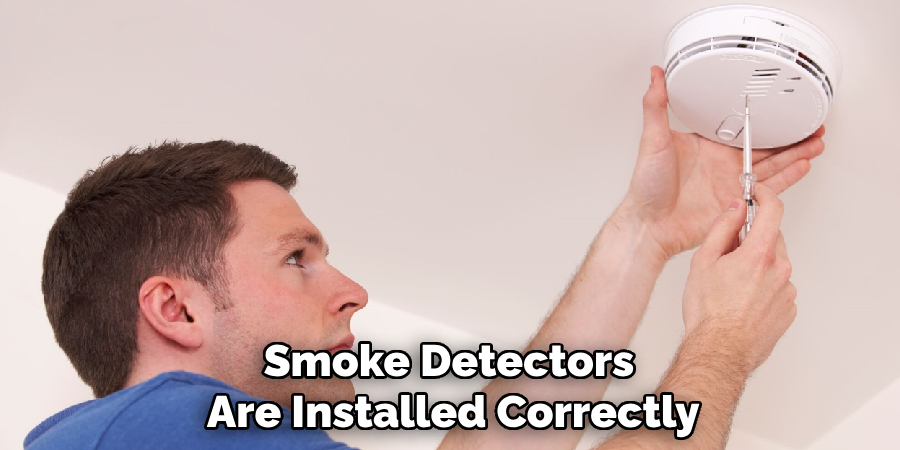
Conclusion
Determining whether your smoke detector is hardwired or battery-operated is crucial for ensuring the ongoing safety and functionality of your home’s fire detection system. By following the outlined steps, you can confidently assess the type of smoke detector you have, allowing for timely maintenance and replacements as needed. Whether it involves examining the power source,
consulting the manufacturer’s specifications, or evaluating the installation method, each step provides valuable insights into understanding your smoke detection setup. Thanks for reading, and we hope this has given you some inspiration on how to tell if smoke detector is hardwired!

